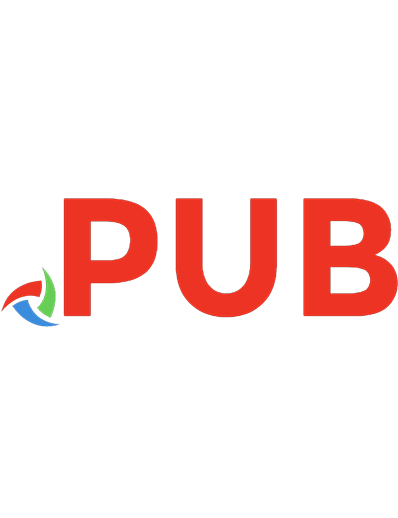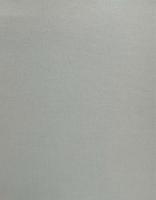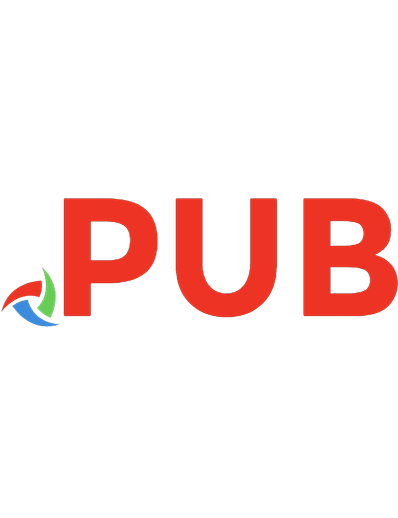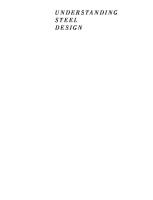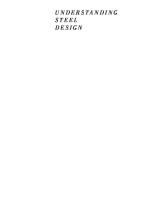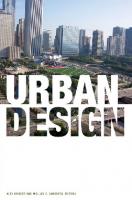Urban Dystopias: Lofty Ideals to Shocking Realities (Architectural Design) 9781119833994, 111983399X
Guest-edited by Marcus White and Jane Burry Cities are facing several coinciding global crises. There is the dominant e
146 101 45MB
English Pages 136
